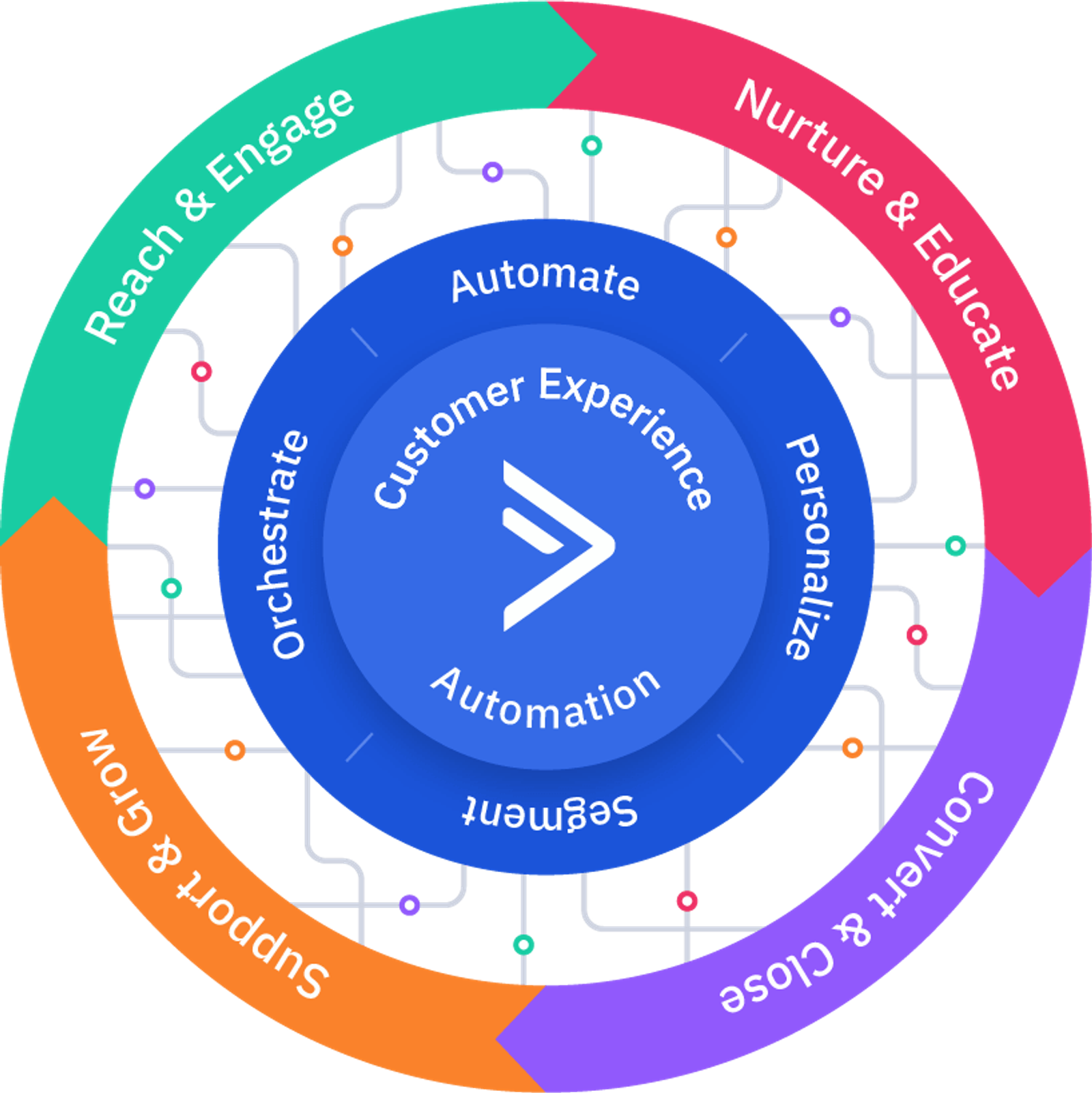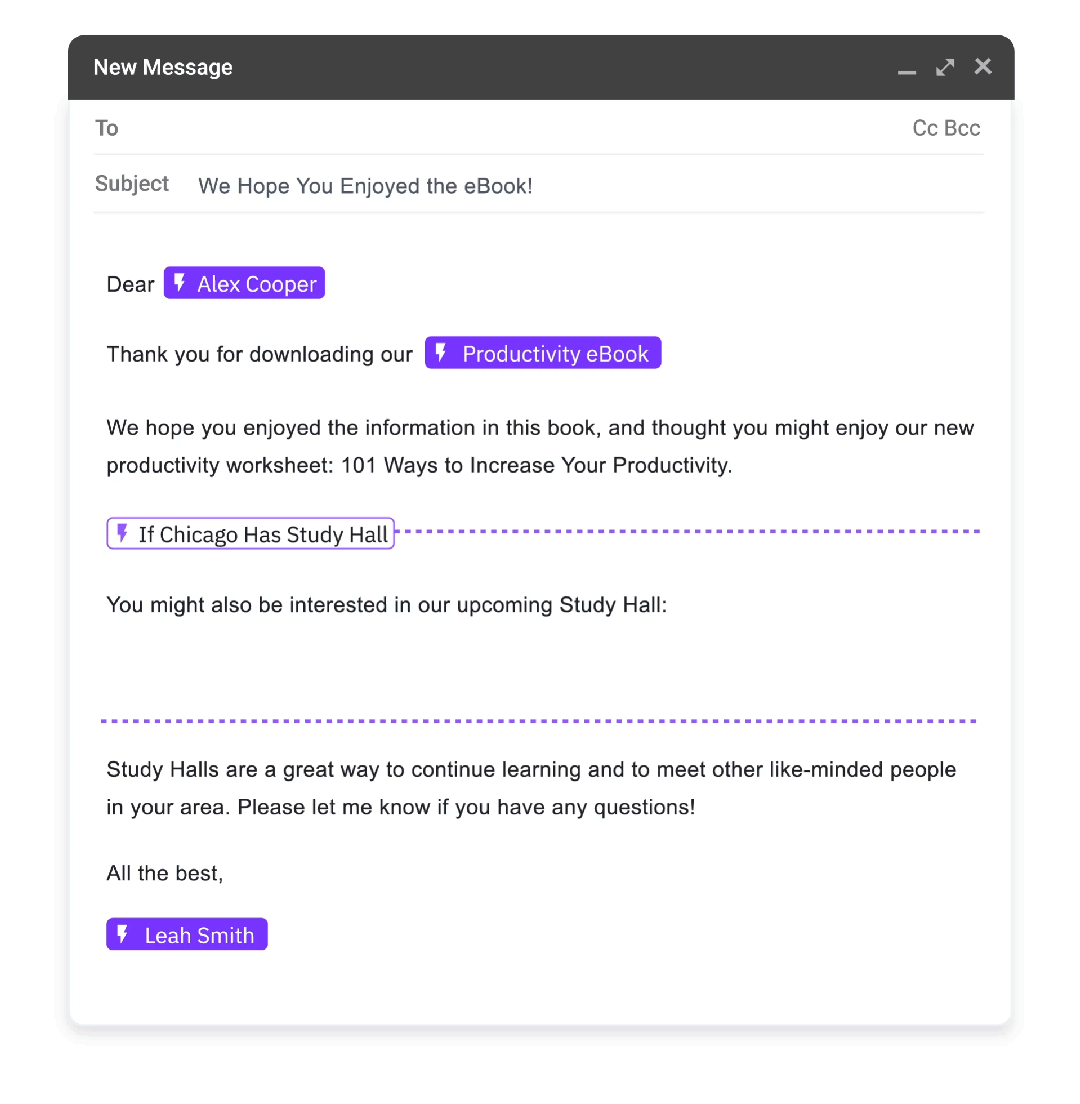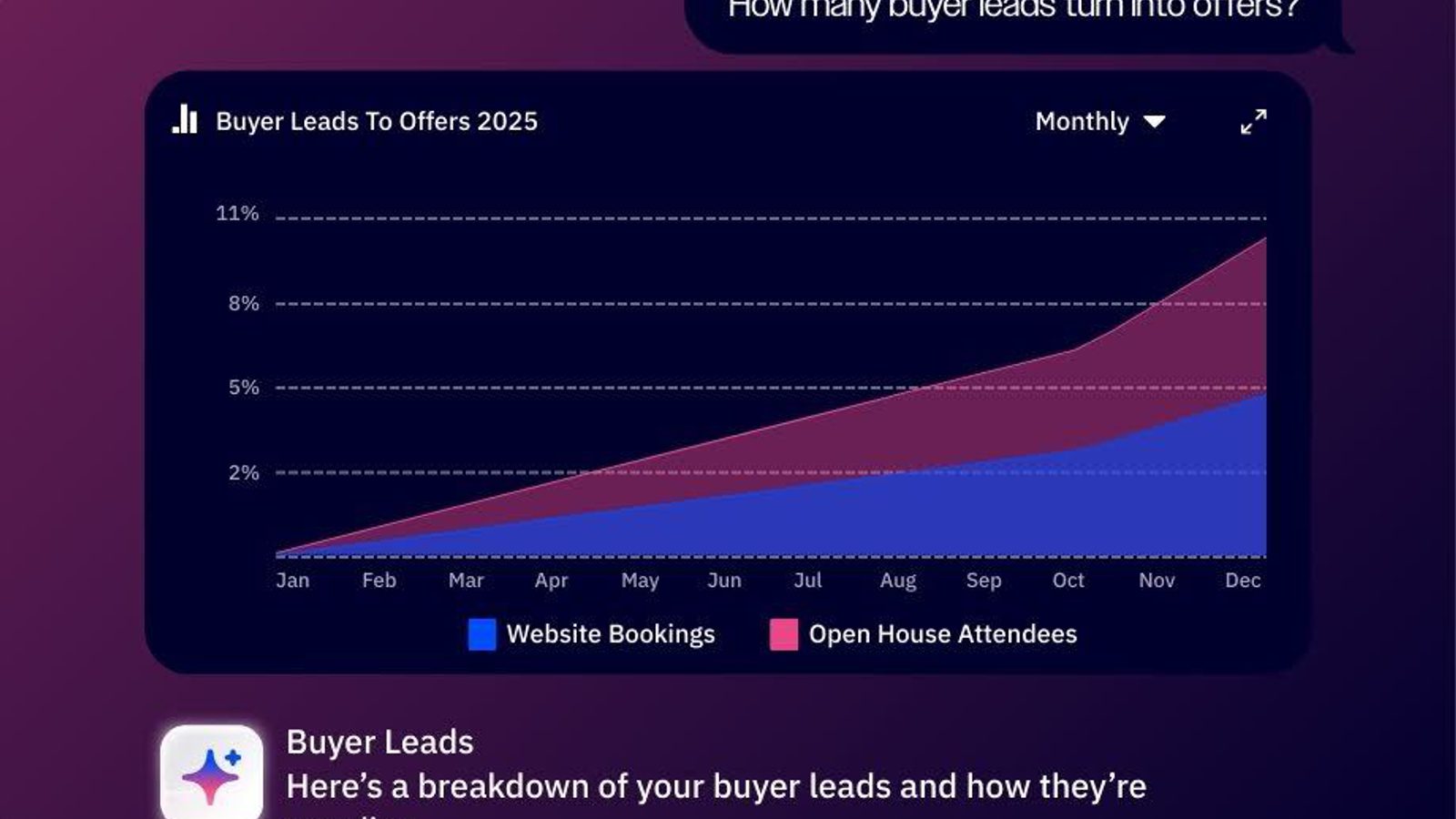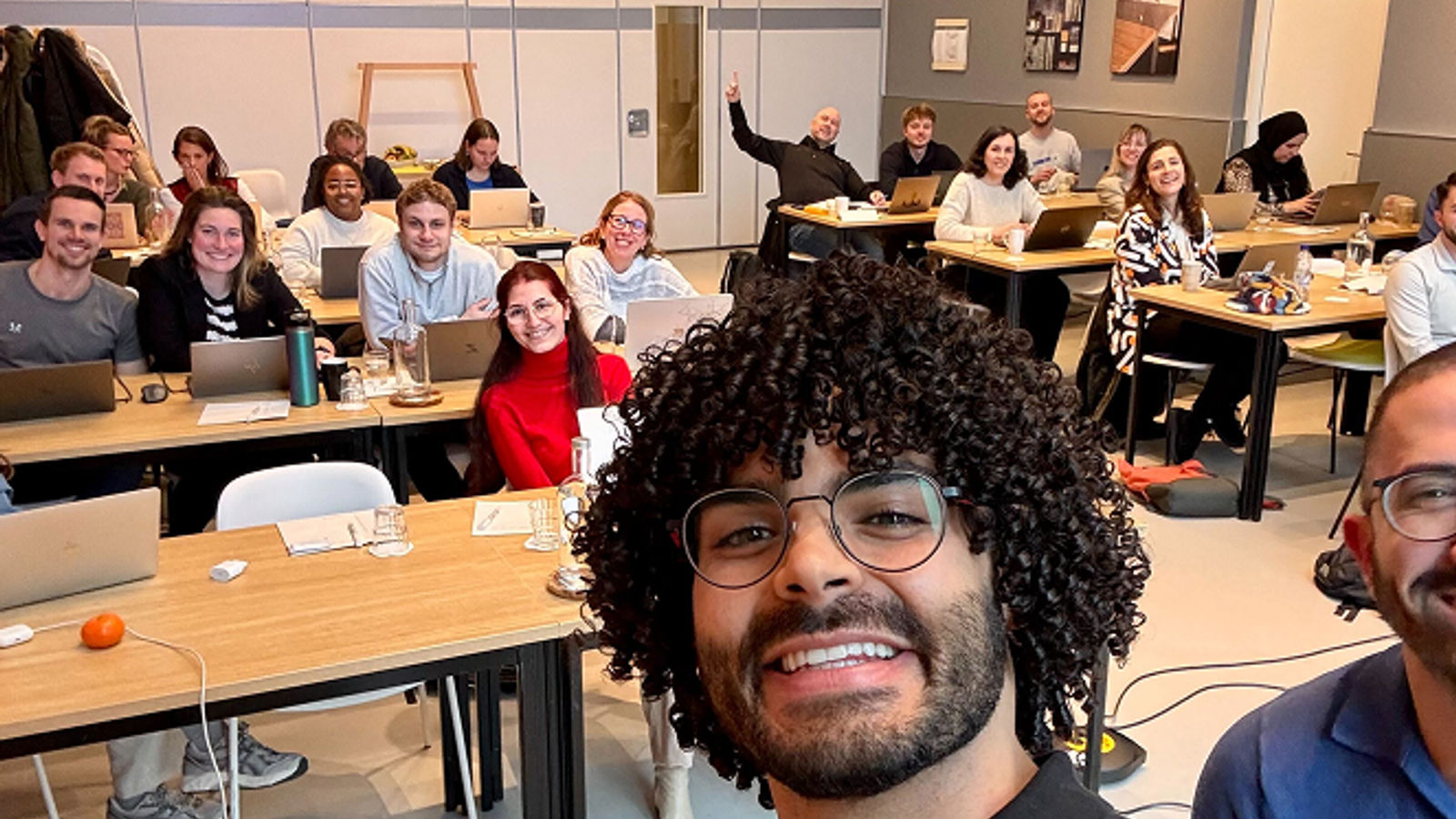In 1957, Walt Disney mapped out a major business breakthrough: an entire strategy around how customers would experience the Disney brand:

Every single part of the Disney business interacts fluidly with every other part, creating a special experience for customers.
As much as business has changed in the last 64 years (especially at Disney), one thing hasn’t changed: every business is in the customer experience business.
If Disney’s map looks confusing, that’s because it is. Creating a customer experience strategy can seem complicated, but it doesn’t have to be.
By the end of this guide, you’ll have your own map for a winning customer experience strategy.
You’ll learn:
- What a customer experience strategy is (and what it isn’t)
- Obstacles you’ll encounter along the way
- Examples of the best customer experience strategies
- How to create your own strategy (a 4-step guide)
What is a customer experience strategy?
A customer experience strategy maps out a plan to deliver a unique, personalized experience across every interaction in the customer lifecycle. A winning customer experience strategy may require involving every member of your business, but a great deal of it can be successfully automated with the right platform.
The key element of a customer experience strategy is how it is targeted at different stages of the customer journey based on what customers need at those stages.
As you start to map your customer journey, it becomes apparent that it’s more of a squiggle than a straight line:
The path from A to B can make it feel impossible to determine what path a customer will take to purchase from (and, hopefully, evangelize) your business.
It’s the job of your customer experience strategy to meet each customer at different phases of the customer lifecycle:

1. Reach and engage
At this stage, most people know the problems they’re trying to solve. It’s your job to reach them with relevant resources and engagement with them from a place of deep empathy.
2. Nurture and educate
Now, your goal is to exchange information with your future customers. As you continue getting information from them (opens, clicks, site visits), match it to specific, relevant resources.
3. Convert and close
With a strong relationship as your foundation, it may be time to move your audience member out of an education cycle and into a buying cycle. This phase of your customer experience strategy will focus on discovering and implementing the trigger that will move them closer to buying your product.
4. Support and grow
Your focus doesn’t waver after a customer makes a purchase. Your strategy now transitions to focusing on your customer with a goal of turning them into an advocate for your brand.
Designing a customer experience strategy for all four phases isn’t without its pitfalls. The same factors that necessitate creating your strategy are also the obstacles that may get in your way.
Why is creating a customer experience strategy worth your time?
Creating a unique, personalized customer experience is easier when your business is starting out. When you get your first 10 customers, it’s easy to send personal emails, hand-wrap every single item you sell, and follow up with the right people (at the right time) with minimal legwork.
But what about when you get your first 100 customers? Or your first 1,000? Or 10,000? Can those same methods still create a unique customer experience?

Consider these two customer experience statistics:
- 66% of consumers say connected experiences, like seamless handoffs between departments and channels, are very important to win their business.
- 67% of customers say their standard for good experiences are higher than they’ve ever been.
Customer experience is important and should top your list of priorities. But, with only so much time in the day, you have to be strategic. A smart customer experience strategy:
- Drives more revenue — Customers who feel like a business cares about them are more likely to make larger purchases. They’ll also purchase more if they see offers that are tailored uniquely to them as individuals.
- Increases customer feedback — When you get feedback at the right time, in the right way, you can use it to improve your product or service.
- Improves customer loyalty — In considering the brands they’re more loyal to, 96% of customers say customer experience tops the list.
Additionally, a customer experience strategy not only benefits your bottom line, but also your team. With a strategy in place, team members are more likely to share the company’s aspiration to provide a better experience for customers. This, in turn, leads to more innovation and energy from the customer-facing team implementing the strategy.
The following four examples help define how transformative your customer experience strategy can be.
4 Examples of effective customer experience strategy
There are four pillars to creating an incredible customer experience.
- Segmentation — Customize your customer’s experience by tracking and coordinating the information you have on them.
- Automation — Use technology to continuously execute your marketing strategy.
- Personalization — Create a unique experience for every single customer.
- Orchestration — Bring together data from multiple platforms, with the end goal of creating a more connected customer experience.
Although each of the following examples has a successful customer experience strategy (and uses ActiveCampaign), let’s explore where each does something exceptionally well.
Bonjoro (Segmentation)
How do you continue to provide a great customer experience during rapid growth?
Ask Bonjoro, a personal video startup, that grew to over 45,000 customers in just four years.
What would appear to be enviable startup growth also created a big problem: growth led to a muddled message, which meant lower engagement with messages.
Seeing engagement falling, Bonjoro leaned into a key part of a strong customer experience strategy: segmentation.
Bonjoro segments their emails based on lead scoring and behavioral tagging. Emails are sent specifically based on past actions both with email and the Bonjoro product.
By segmenting their messaging (specifically via email), Bonjoro has seen an increase in conversion rates and revenue.
Learn more about how Bonoro uses segmentation here.
Escape Campervans (Automation)
What if you’re both an online and “brick & mortar” business? How do you keep track of physical inventory and orders across multiple locations?
Since 2009, Escape Campervans has grown to over 13 locations and 600+ vans. Similar to Bonjoro, that growth also contributed to a decline in customer experience.
Escape Campervans’ solution? Better marketing automation.
Sending customers pre-arrival automations with personalized content about where to pick up their vans, the van’s model, and trip itineraries helped them to continue to grow their business and still deliver a positive customer experience.
The reward for a better customer experience strategy? A 50% increase in revenue.
Learn more about how Escape Campervans uses automation here.
Uplift (Personalization)
How do you build a customer experience that’s as personalized as your product?
Uplift, a holistic health and fitness center in Washington, D.C., was founded on the ideals of a more personalized strength and health program.
When your product is highly personalized, the way your customers and clients experience it should be as well, right? That was Uplift’s approach as they sent out emails, one by one, in Gmail.
In putting together their customer experience strategy, Uplift focused on using customer information, as well as what content members and potential customers engaged with, to personalize their emails.
For their efforts, they’ve seen a 347% increase in revenue and were able to easily pivot to virtual training during the pandemic.
Learn more about how Uplift uses personalization (and thrived during the pandemic) here.
Whole30 (Orchestration)
Is it possible to provide a great customer experience if your audience is spread out across multiple platforms?
Whole30 serves readers in over 100 countries and has a combined social media presence of 3+ million followers. With an email list topping 400k contacts, they knew they needed a way to make all the parts of their business work together.
Enter marketing orchestration.
To achieve a better customer experience, Whole30 coordinates data across a number of platforms. For example, a new Whole30 community member’s journey might look something like this:
- A person joins the program via Whole30’s website
- That person is sent a three-part welcome email series followed by a unique onboarding experience
- The person engages multiple times with articles on the website related to motherhood
- Whole30 asks the person if they’d like to receive the “Whole Mamas” newsletter
- Using Facebook Custom Audiences, Whole30
- Using location tags, the person is sent a local partner promotion relevant to them
Across all of their email marketing, Whole30 has seen a 10% increase in open rates as a result of their aligned customer experience strategy.
How to create your own customer experience strategy

Customer experience automation tools can be useful in building your own customer experience strategy, but two points need to be considered before you dive into technology:
- The customer has to be at the center of your culture — Ultimately, it will be the human interactions that form the foundation of your customer’s experience. If you don’t want your strategy to fall flat, getting buy-in from every single member of your team is essential.
- Customer feedback informs strategy — Understanding the needs of your customers isn’t easy, but when you do, everything else becomes easier: pricing, sales, marketing, and providing an amazing customer experience. Learn more in this post about understanding the needs of your customers.
Once you understand the necessity of buy-in across your business, as well as sourcing customer feedback and identifying your customers’ needs, it’s time to dive into the four pillars of building a customer experience strategy:
- Orchestration
- Segmentation
- Personalization
- Automation
Orchestration

You likely already use a lot of tools to run your business, such as:
- Social media
- Livechat
- Shipping
- Ecommerce
- Team communication
Did you know that to build a great strategy, you can keep using all of the tools that you’re already using? They just need to start working together.

What marketing orchestration looks like at Koia
These tools become more powerful as you connect them to the data you have on your customers.
Segmentation

It can feel impossible to keep track of the amount of data you have on each customer. From how many emails they’ve opened, links they’ve clicked, purchases they’ve made, and blogs they’ve read, it’s a daunting task.
In order to communicate with your customers at a personal level (more on that in a moment), we need to track and segment our audience.

Personalization

While it was once a very novel experience, using a contact’s name in their emails is table stakes in today’s marketing.
The ability to make every single customer feel like every communication was created just for them is possible. Using data from the entire customer lifecycle, you can choose the best content to send, when to send it, how to send it, and even what to offer.
It’s like every customer having a personal shopper (and personal marketer) at your business.

Learn more with this guide to sending personalized mass emails.
Automation

Marketing automation helps you continuously execute your customer experience strategy including segmenting and personalizing your communication.
It’s vital if you want to grow your business without sacrificing customer experience.
In the past, this has required a lot of work, building and updating automations mostly based on guesswork. With modern automation tools, you can use your customer data in real-time to improve customer experience.
Learn more with this guide to marketing automation.
What’s next for your customers?
Implementing a smart customer experience strategy likely won’t turn you into a $346 billion dollar company like Disney, but it is essential if you want to continue growing.
The good news? The same strategy that worked for Disney over 60 years ago still works today. Once you’ve established a smart strategy, it may not need more than a few small tweaks as you grow.







